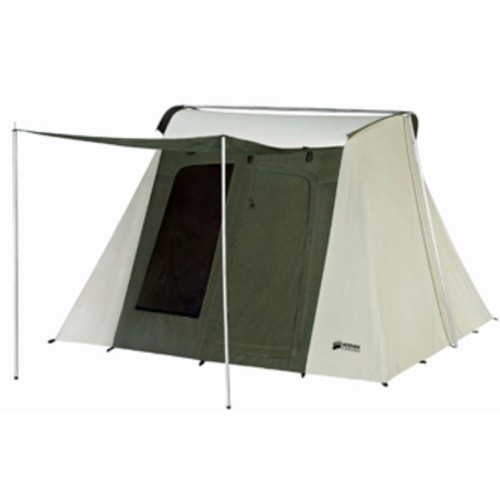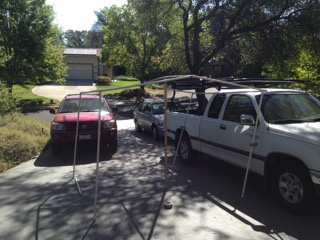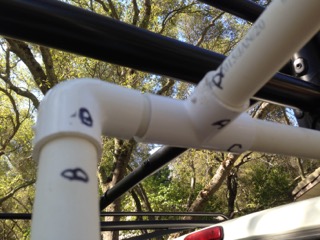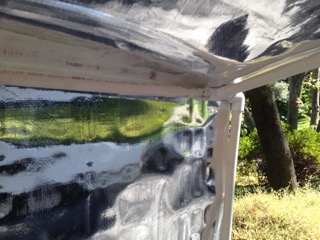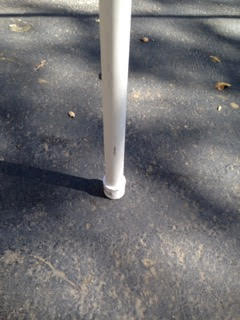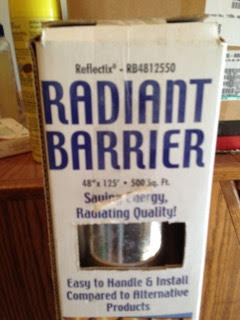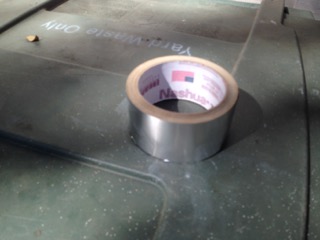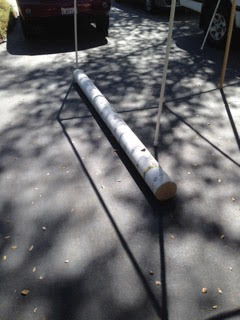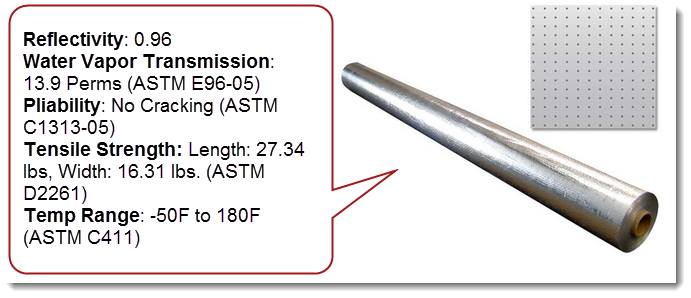TENT SHADE AND INSULATIONTents can get really warm once the sun comes up - which kinda sucks if you have been out and about most of the night. Many people set up their tents under some sort of shade structure - like a Monkey Hut or the Conduit pipe based shade structures - similar to those sold by places like Yuma Bargain Warehouse or Blackrock hardware. They both work well but the downside is that both add to the amount of "stuff" we have to bring to and from Burning Man. |
|||
If space (and funds) are limited you may opt for something easier to pack like radiant barrier material
|
|||
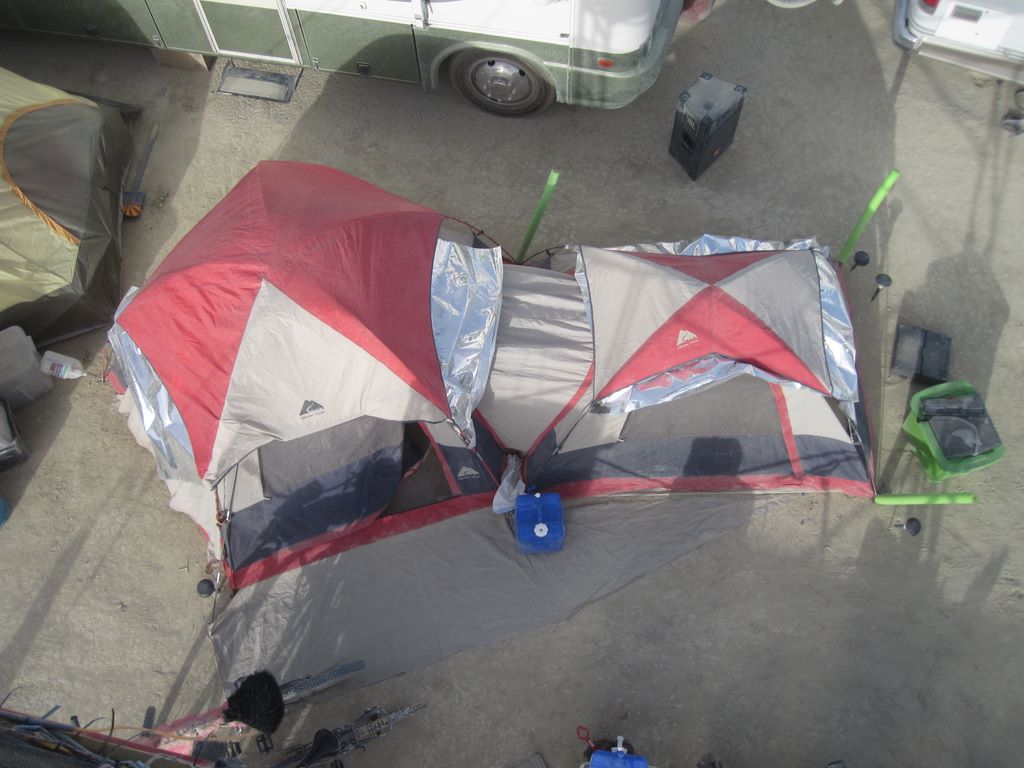
Tents with a rainfly: These are relatively easy. I use a radiant barrier material as insulation between my rainfly and the tent, and down to the bottom on the East side of my tent (protects against the morning sun), as this significantly reduces the heat inside the tent. The insulation allows me to sleep as late as I wish in the mornings (usually around 11am), without any serious discomfort. Since the mornings tend to be dust free, I usually open up my bedroom windows and the door to allow for airflow. I always set up my tent with the door facing towards the west (away from the morning sun) so that I don't get burned to a crisp as the sun comes through my door. People who are sensitive to sound and light should consider bringing ear plugs and sleep masks. Bring spares as you'll likely lose at least one pair.
|
|||
In 2018 I am going to try a large Aluminet shade over my Kodiak tent. I have an AC and a "Homer bucket" swamp cooler backup - so I am trying reduce my cargo (share structure) by replacing it with this solution. I have a 10x10 tent and a 20x12 Aluminet and my plan is to drape it on the East side of my tent and over the top (morning to noon shade)
|
|||
|
Canvas tents like the ones make by Kodiak are growing in popularity because they are well built, breathe, and are very dust-proof. However they too can get very warm. In 2015 I had a large shade structure over my tent, along with a Homer Bucket Swamp Cooler - and it did the trick. But shade structures are bulky, heavy, and somewhat expensive. And they still aren't as good as radiant barrier when it comes to blocking the sun. My old method of Radiant barrier on the outside won't easily work because there is no rainfly on a Kodiak, and there is no easy way to secure Radiant Barrier to the outside of the tent. My camp mates, the Johnstons, came up with an interesting idea. They built a PVC internal skeleton for their Kodiak. Here's what they said:
|
|||
|
|||
|
|
|||
|
Other options
|
|||
|
More info on Insulation/Radiant Barrier Materials - Basically you want to use some material that insulates your tent from the heat of the sun. Your bedroom tent needs material on top, and on the East side to protect you from the morning sun. Your tent needs it on top and on the East side (sunrise) and possibly to protect any heat sensitive materials like coolers... so perhaps on the East and West sides too.
|
|||
Click on any image to enlarge |
|||
Other Helpful Pages:
Version 8.1 - updated June, 2020
Copyright None - But drop me a note if you find this to be helpful of have suggestions
Email: ruvi (at) azburners (dot) org
Member of Camp Walter

Hosted by

Managed and Unmanaged VPS servers
Cloud Transition Consulting
Sever-less Page Hosting
https://blackrockhosting.com/

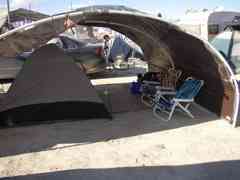
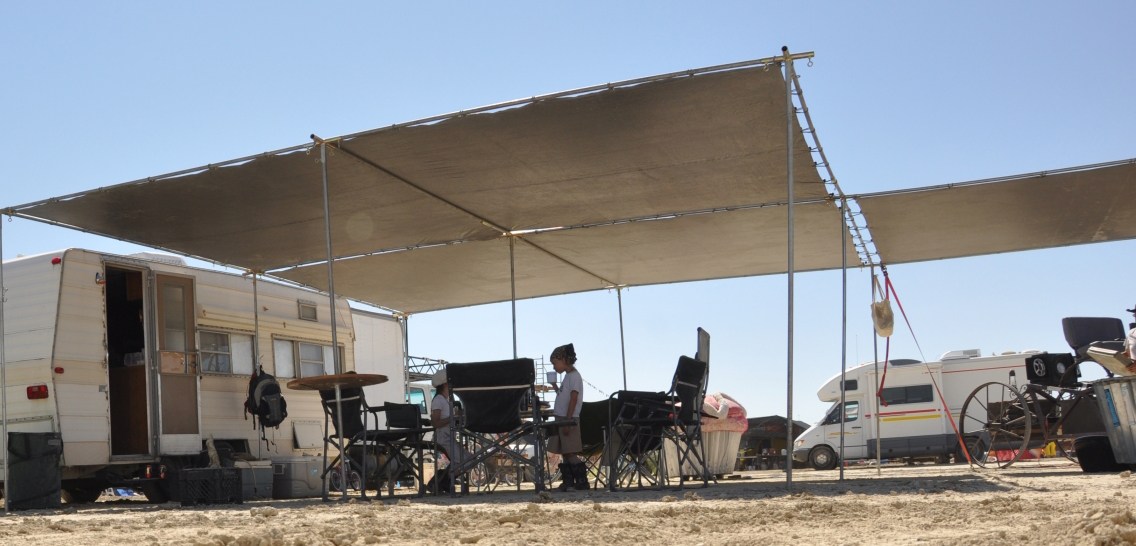
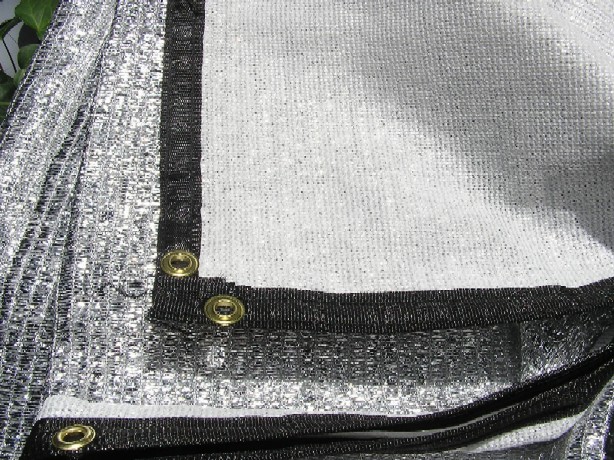 Aluminet / Alumicloth
Aluminet / Alumicloth